Pathway Lighting: Illuminate Your Way to Elegance and Safety

Discover high-quality LED pathway lights on Onforu to beautify your space, ensure your environment is safe and comfortable, and explore the wonderful world of pathway lighting to find out how many lumens you need for your pathway lights, the best pathway light options, pathway light spacing settings, and FAQs.
What is pathway lighting?
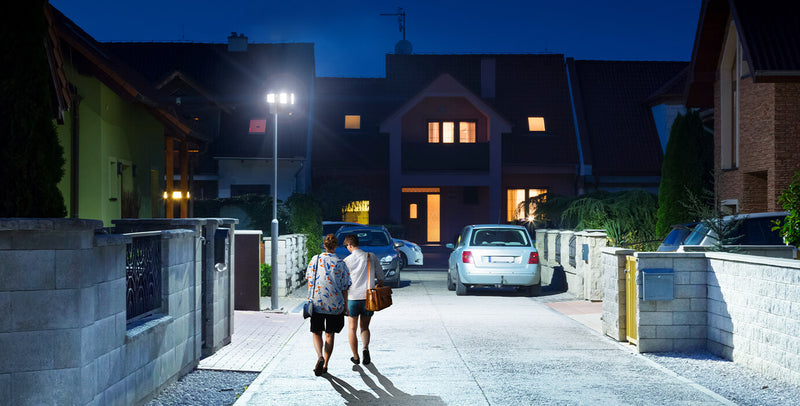
When we talk about Pathway Lighting we are referring to the use of fixtures and lighting technology to illuminate an outdoor path or trail to improve visibility, safety and aesthetics at night. This type of lighting design is typically used in the following places:
- Garden Paths: The use of pathway lighting in gardens allows people to enjoy the beauty of the garden as they stroll through it in the evening or at night, as well as increasing safety.
- Home Front and Backyards: Street lights are often used to illuminate front yard walking paths, backyard patios, lawns, or areas around swimming pools so that family members and guests can comfortably spend time outdoors.
- Commercial and Public Spaces: Places such as commercial areas, hotels, parks, and campuses often use street lighting to provide guidance to pedestrians and ensure safety and convenience.
- Yards and Driveways: In residential and commercial environments, streetlights can also be used to illuminate yards and driveways, providing better visibility and aesthetics.
- Special Occasions: For special occasions such as weddings, parties or celebrations, street lighting can be used to create a unique atmosphere and add to the appeal of the celebration.
Outdoor pathway lighting can utilize a variety of fixtures including solar lights, LED lights, strip lights and traditional street lights. This type of lighting design not only provides light, but also adds decorative and visual appeal to outdoor spaces, providing a comfortable environment for outdoor events.
How many lumens are needed for pathway lighting?
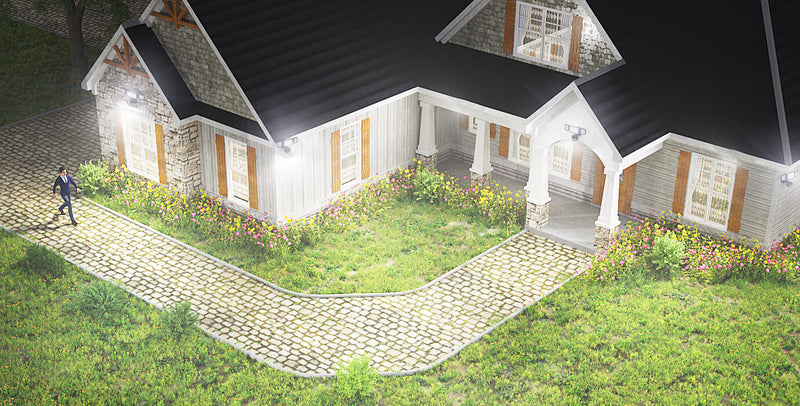
Lumens are a key consideration when thinking about LED pathway lighting. Lumens are a unit of measurement for how bright a light source is, and typically, how many lumens are needed for pathway lighting can be determined based on the specific application and lighting needs.
- General Home Pathway Lighting: For general home pathway lighting, typically between 50 and 200 lumens are needed per lighting fixture. This will provide enough light to allow people to safely traverse the path at night while still creating a welcoming atmosphere.
- Path Lighting for Commercial or Public Places: For commercial or public places or where higher levels of illumination are required, path lighting may require more lumens. This can be in excess of 200 lumens, depending on the specific site and use. For example, large shopping centers, hotels, or public plazas often require brighter path lighting.
- Special Needs Pathway Lighting: In some cases, special needs may require more or fewer lumens. For example, pathway lighting that is artistic in nature or that needs to emphasize landscape elements may require more lumens to highlight specific areas.
The lumens required for pathway lighting depend on your specific needs and context. When choosing pathway lighting, be sure to consider safety, energy efficiency, and the level of illumination needed to meet your specific requirements. Using LED fixtures is often an energy-efficient and bright option, providing the required lumens and extended life.
Best Outdoor LED Pathway Lights
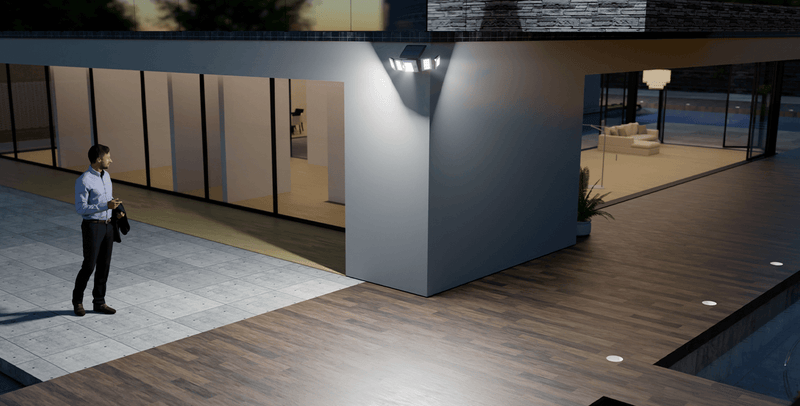
When choosing the best pathway lights, you need to consider brightness, durability and energy efficiency. Here are some of the best pathway lights available on the Onforu website:
LED Floodlights
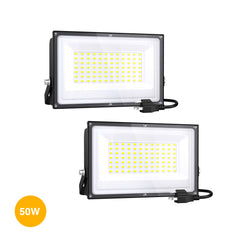 |
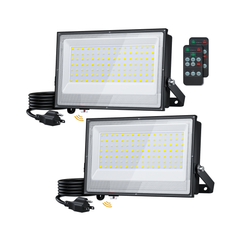 |
 |
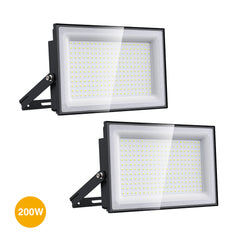 |
LED Security Lights - 3 Heads
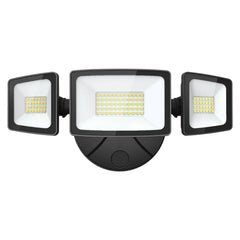 |
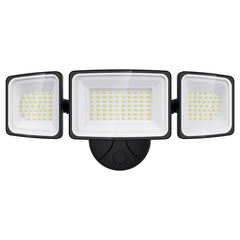 |
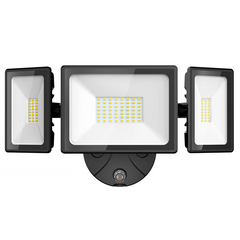 |
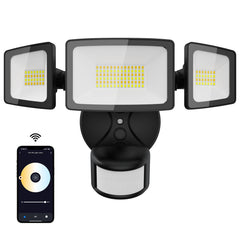 |
LED Security Lights - 5 Heads
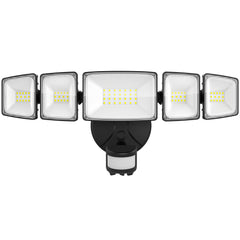 |
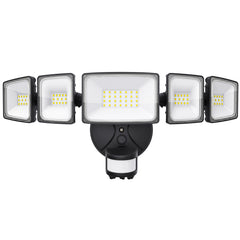 |
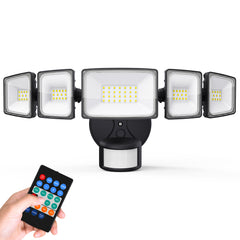 |
Solar Security Lights
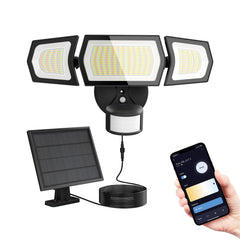 |
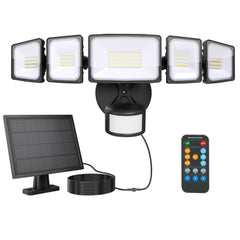 |
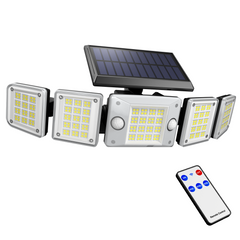 |
These lighting fixtures are very sturdy and durable and are suitable for outdoor path and deck lighting. They provide even illumination and come with high-quality LED wicks that produce a bright, pleasant light.
Pathway Light Spacing Setting

When you are designing a pathway lighting system, it is critical that you set the correct spacing of your pathway lights. This ensures that your path is adequately lit without being too dense or sparse. Here are some suggestions for spacing your streetlights:
- Path Width: Consider the width of the path. Generally speaking, the wider the path, the more streetlights you will need to install to ensure adequate coverage. Smaller paths usually require fewer lights, while larger sidewalks or driveways need more illumination.
- Type of Light: Different types of street lights will emit different levels of brightness and range. For example, solar-powered LED street lights or general LED fixtures typically provide different numbers of lumens per square foot. Depending on the fixture you choose, you may need to adjust the spacing.
- Fixture Height: The height of the fixture also affects the range of illumination. Taller fixtures may cover a wider area, and therefore, can be spaced slightly further apart.
- Fixture Distribution: Often, streetlights can be evenly distributed for more uniform illumination. This can be achieved by placing the streetlights equally spaced.
- Path Use: Consider the use of the path. If your path is used for walking, it can be spaced slightly further apart. However, if it needs to be used for vehicular travel, more path lights are needed to ensure driver safety.
In general, pathway lights are usually spaced between 6 and 10 feet apart. This is a good starting point, but you may need to fine-tune it depending on the factors mentioned above. It's a good idea to run some simulations before installation to ensure there are no dark areas on the path while not wasting lighting resources.
FAQs of Pathway Lightings
Q: How do I install Christmas pathway lights?
A: Installing Christmas pathway lights is usually very simple. First, determine the type of lights you have (battery, solar, plug-in, etc.) and then follow the instructions provided by the manufacturer. Typically, this involves plugging the streetlight into the ground or curb, connecting the power supply or opening the battery cover, and then placing or hanging the lights according to your design. Make sure your pathway lights are securely mounted on the ground to prevent them from tipping over when it's windy.
Q: How do I make Christmas pathway lights?
A: Making Christmas pathway lights requires creativity and some basic craft skills. First, choose your favorite light decoration materials, such as ribbons, paper bags, LED light strips and so on. Then, design your street lights, including choosing colors, shapes and themes. Apply your design to the chosen decorative material, using glue or other adhesives to secure it. Finally, add lights as needed and make sure they are securely and safely installed.DIY Christmas pathway lights are a fun way to add holiday cheer.
Q: How do I place pathway lights?
A: When placing pathway lights, consider the effect of the lights and the layout of the path. First, determine the path you want to illuminate, such as the front yard, garden path or entrance. Then choose the right pathway lights, such as solar pathway lights, LED mini lights or flood lights, to provide the desired brightness. Depending on the width and design of your path, install the streetlights in the ground or hang them from brackets. Typically, pathway lights should be spaced an arm's length apart to ensure the path is evenly lit. Consider the height and angle of the pathway lights for best results. After installation, test the lights to ensure they provide the desired lighting effect.
More Resources


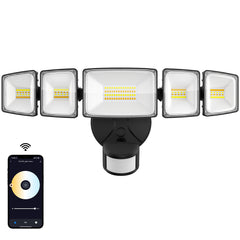
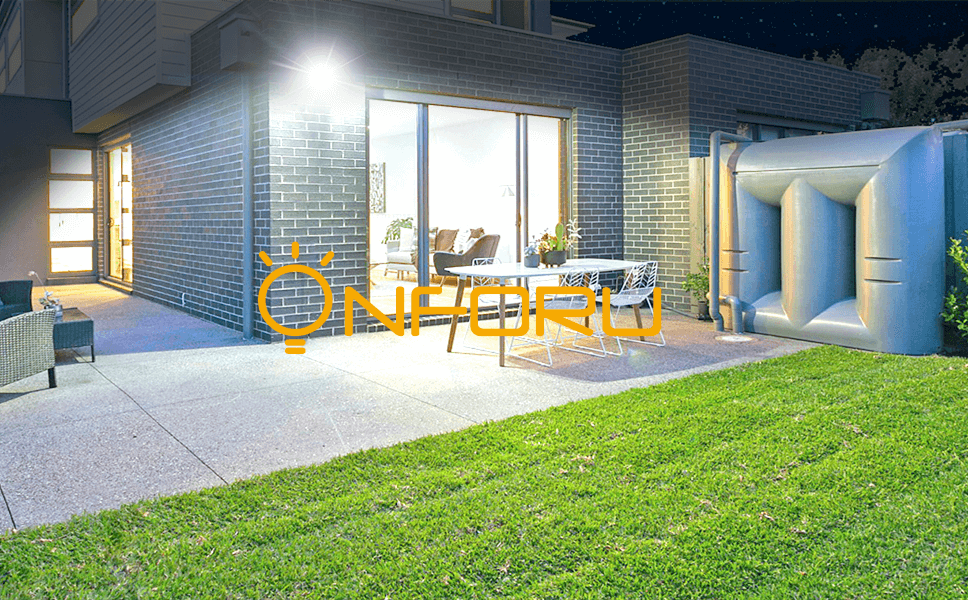
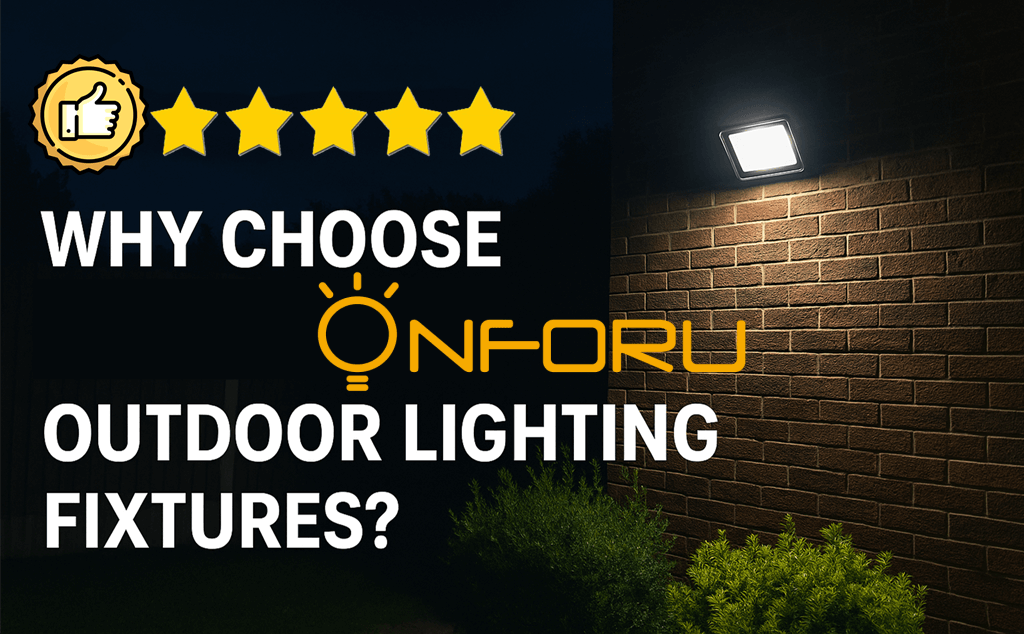
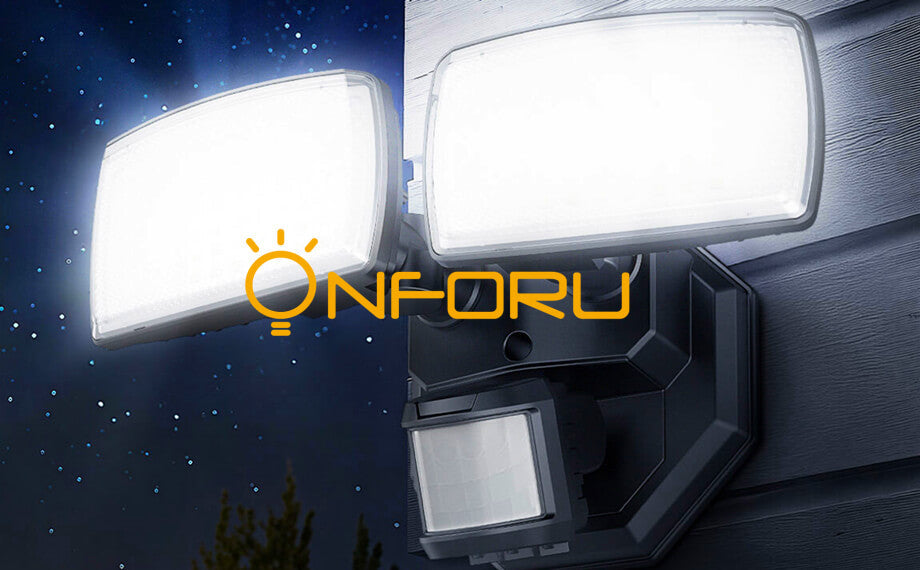
Leave a comment